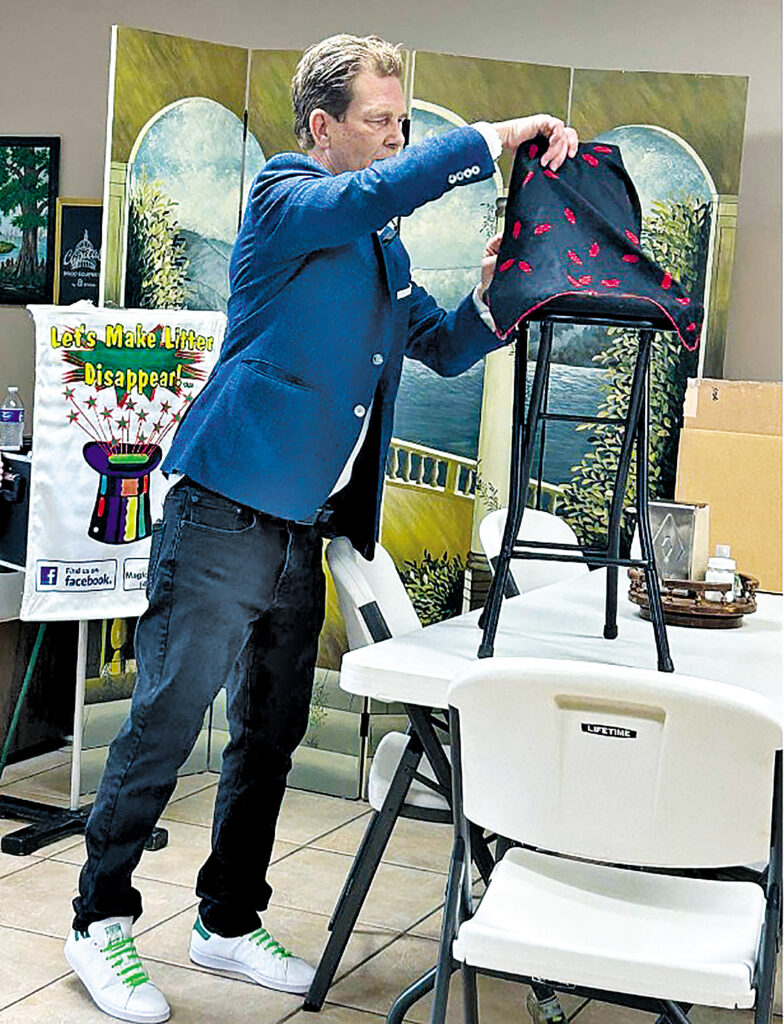
Injection molding is one of the best processes for manufacturing plastic parts of varying properties. You might create components out of LDPE, HDPE, polycarbonate, or other materials, depending on your needs. We’ll walk you through the process of injection molding after the mold design is complete so that you can develop a better understanding of the basics of injection molding.
Mold Closing and Injection
While the injection molding process can vary from machine to machine based on the operator’s settings, this is usually the first step. This part of the process entails exactly what it sounds like—two halves of a mold come together tightly, creating the pocket for molten plastic to fill.
Next, the heated plastic enters the mold through an opening called a gate. “Gate” is one of a few important terms you should know to understand injection molding. The air in the mold escapes out of small vents within the injection pins to prevent a buildup of pressure.
Cooling and Melting the Resin
Once the mold is full, the part needs to cool for a predetermined time. Cooling time varies based on the type of material you’re using and the wall thickness of your component. Some parts can function with very thin walls, which allows for a faster cooling time. Pieces that require more durability also need a longer cooling time due to the thicker walls.
As the part cools, the injector barrel screw unscrews and allows new resin to drop into the barrel. The resin beads melt and then become ready for injection into another part.
Ejecting the Part and Removing Runners
Once the material has cooled, small ejector pins push the part out of the mold and into a capture bin below the work area.
Finally, either an operator or an automated process removes the runners from the completed part and finishes it.
Now you understand the basics of injection molding, so you should work with a professional team to design your part for injection molding.







